This surreal porn classic offers a funny, touching, and realistic look at lovers and their emotional responses to both jealousy and carnal lust. Casting a group of nine men of varied types and cock sizes, the film begins with two average guys, Hank (Coke Hennessy) and Paul (Michael Cade - aka omni-present man of many hats in the NYC gay porn world Frank Ross), who meet and fall in love in New York City when Hank helps photographer Paul with a shoot in the park.
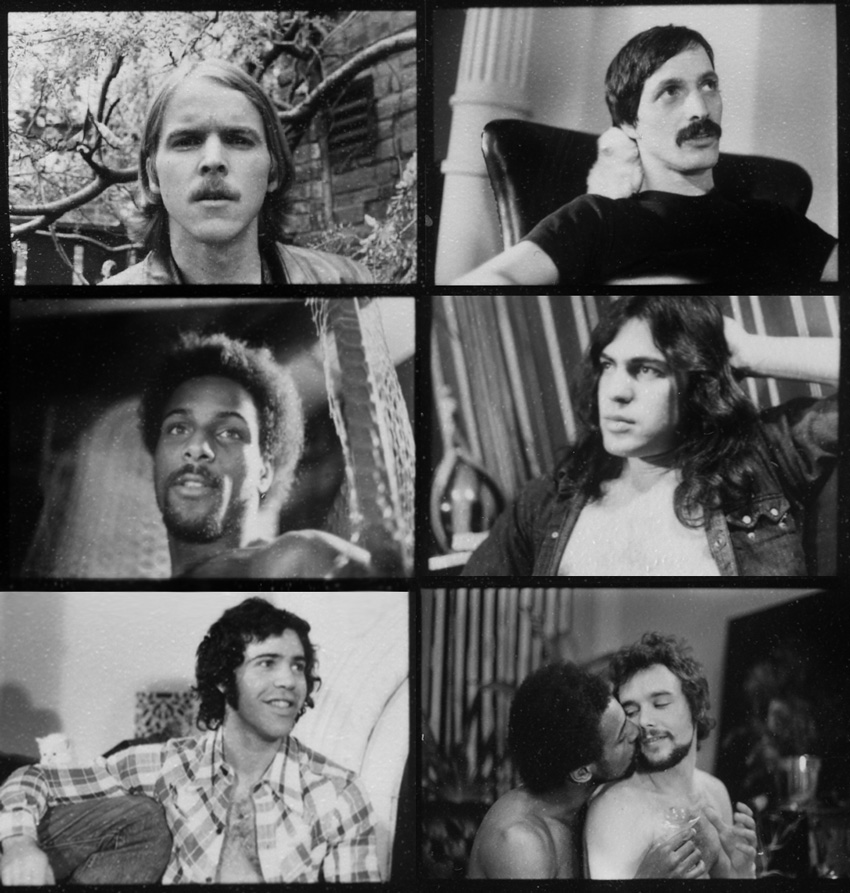
At Paul's place, they check out photos that he's taken, including one of Paul with another man, both naked. Hank and Paul's ensuing relationship and lust develops through dinners, visiting an art gallery, picking out a kitten, and making out in the dark room.
They have their first touching and intimate sexual encounter after this (with no live sound, but a great orchestral score by frequent Hand in Hand composer and Arch Brown collaborator David Earnest): Paul passionately eats out Hank's asshole and rolls around the bed with him to fall into a 69 session. Paul later stands and humps Hank's throat before filling his butt with cock; they go to bed after sex.
Sounds simple enough, but at this point Brown takes us into the surreal world of Hank's dreams (or paranoid fantasies). In his dreams, Hank watches Paul hungrily sucking one man's thick prick after seducing him and fucking another man's tight asshole, while Hank himself sucks, then fucks, a delivery man in the basement of a building.
Also occurring in this dream sexual montage are: Paul fucking the hairy ass of the kitten seller on a roof, Paul and Hank painting each other's naked bodies and kissing in a shower, cocks appearing through curtains to be sucked, two professional dancers in a vintage Advocate cover photo coming to life and dancing naked to an operetic score, and Hank participating in an orgy where a cock emerges from a fruit bowl and a massive double-headed dildo seems to fantastically penetrate entire bodies.

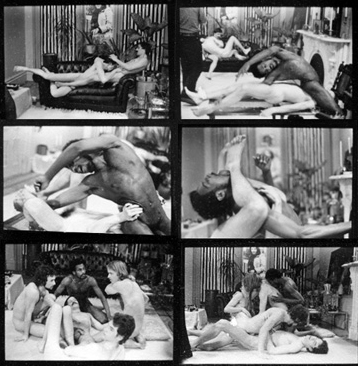
The dream depicts what Brown terms "lover's paranoia," the kind of insecurity one feels when one falls too hard for someone too fast.
What's interesting here is how some elements of the film were influenced by Brown's own life (a camera shoot in the park), and how artistic mediums (in this case, painting and photography, which themselves have always undergone a rather fraught relationship!) can both concretely and symbolically convey various dynamics of sexual attraction.
In 1974, according to Variety, this classic gay porn film was one of the 50 top-grossing movies at the 55th Street Playhouse in New York City, and The Advocate said of this Arch Brown masterpiece, "proves that a little Cocteau, a dash of Fellini, and sex do mix well."
For a deeper dive behind the scenes of The Night Before, check out this podcast episode from Ask Any Buddy.

Starting in 1976, Brown made a series of films for P.M. Productions, including the gay porn spoof of Charlie's Angels, Harley's Angels, and also classics like All Tied Up, Five Hard Pieces, Hot Flashes, Muscle Bound, Pier Groups (which we now carry on DVD & VOD), and Dynamite, which often included popular stars like Jack Wrangler, Jayson MacBride, Keith Anthoni, and Eric Ryan among their cast members. His other work outside of P.M. and Hand in Hand includes such titles as (Bijou releases) Trips and So Many Men So Little Time.

Brown said in his interview in Michael's Thing, that he didn't want to be political; he basically wanted to make a good fuck film, but his films aren't just two guys fucking, nor are they apolitical. They come out of a sociopolitical movement that wanted to carve out a visible niche in New York's arts community, and they also, without hitting the viewer over the head with slogans, realistically show the challenges of gay sexual relationships in a world just starting to break down closets of fear and hiding. (Just observe the interesting commentary on the NYC piers' significance to LGBTQ culture and their looming demolition in Pier Groups and the psychological dimensions of out-ness and gay romance and sexuality in The Night Before.)
Brown himself took advantage of a new climate of tolerance. According to his obituary (he died in 2012), in the late 1970s, Brown began writing plays, which he continued to do into the 2000s. His first play, News Boy, was his most successful, receiving an Off Broadway production in 1979; it focused on the coming out of the gay son of a conservative politician.
A 1998 comedy by Brown, FREEZE!, received the Eric Bentley Playwriting Prize that year and has been produced several times.
During the last decade of his life, Brown founded and ran the Thorny Theater in Palm Springs, which mounted several gay-themed plays each season; the theater closed in 2010.
After his partner, Bruce Brown, died in 1993 (Arch used his lover's last name professionally), Brown established the Arch and Bruce Brown Foundation, which ran until several years ago, giving grants to queer playwrights and to theater groups mounting LGBTQ-themed plays, as well as sponsoring periodic literary competitions that awarded prizes to playwrights and fiction writers whose works are “based on, or inspired by, a historic person, culture, event, or work of art.”
And, fascinatingly, an unpublished manuscript was discovered shortly after Arch Brown's death and published in 2017 as his memoir, A Pornographer.




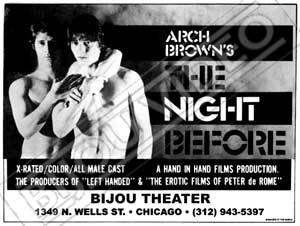

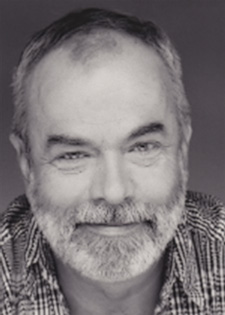





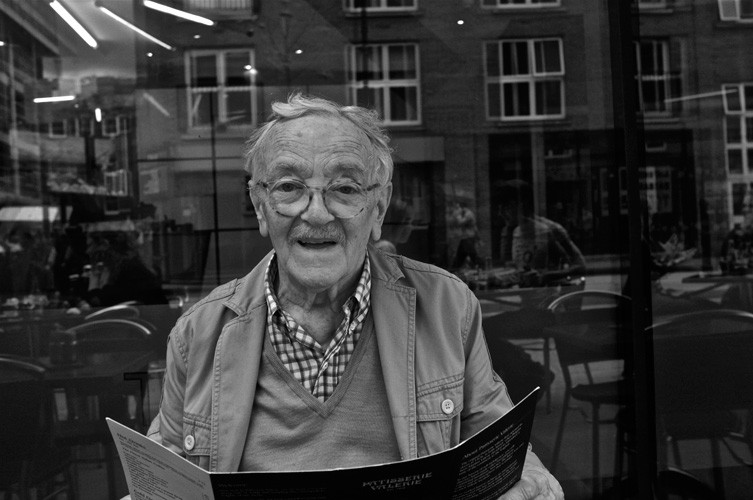
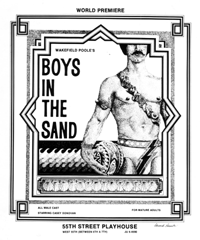
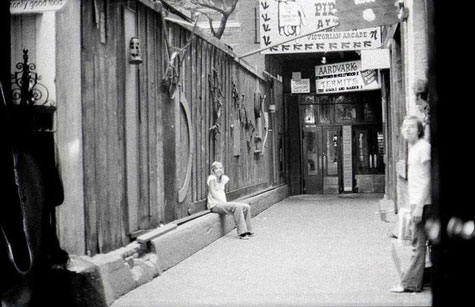
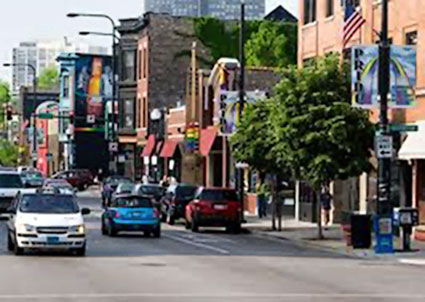
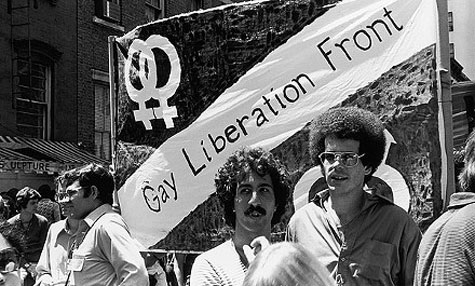
 Join our Email List
Join our Email List Like Us on Facebook
Like Us on Facebook Instagram
Instagram Youtube
Youtube Follow Us on Twitter
Follow Us on Twitter Follow us on Pinterest
Follow us on Pinterest